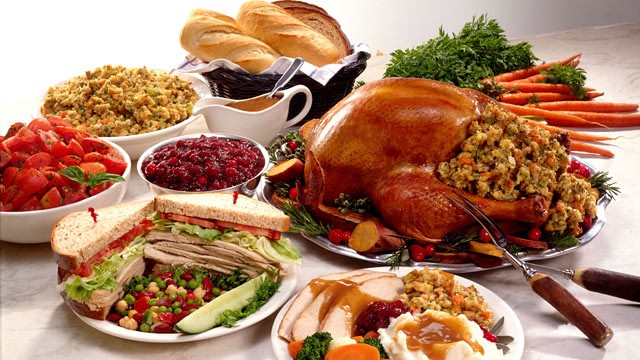
Bacon fat. Broiled fish. Spicy curry. These are just a few of the food odors that smell so good when dinner is on the table — and so awful the next morning when the smell invariably lingers. What can you do to minimize pungent cooking odors, especially in small apartments? Here are five simple, inexpensive ideas.
1. Close bedroom and closet doors while cooking.
Fabric readily absorbs grease and odors, and can't be cleaned with a quick wipe-down the way hard surfaces can. Closing bedroom and closet doors before cooking anything smelly or greasy ensures that you won't have to fall asleep in a bed that smells like bacon. (Although it might help you wake up in the morning.)2. Ventilate however you can.
The best way to avoid odors is to get them outside or otherwise out of the air as quickly as possible. If you have a vent over your stove, use it! Otherwise, an air conditioner or air filter can remove greasy cooking smells from the air. (Remember to change filters regularly.) Even just opening a window helps, especially if you can set up a fan pointing out the window, to push odors outside.3. Clean up immediately.
Wipe up splatters on the stove and counter top, and wash all greasy cooking pans as soon as possible. There's nothing worse than waking up to a pan full of stinky oil sitting on the stove.4. Simmer your favorite spices.
Pleasant-smelling whole spices like cinnamon sticks, cloves and citrus peels can be simmered in some water on the stove for an all-natural air freshener that masks any lingering cooking odors.5. Leave a bowl of vinegar, baking soda or coffee grounds on the counter overnight.
To absorb stubborn odors, leave a small bowl on the counter filled with white vinegar, baking soda or coffee grounds before you go to bed. Any of the three will naturally dissipate any remaining cooking smells by morning.Do you have any other tips for minimizing or getting rid of pungent cooking smells?













